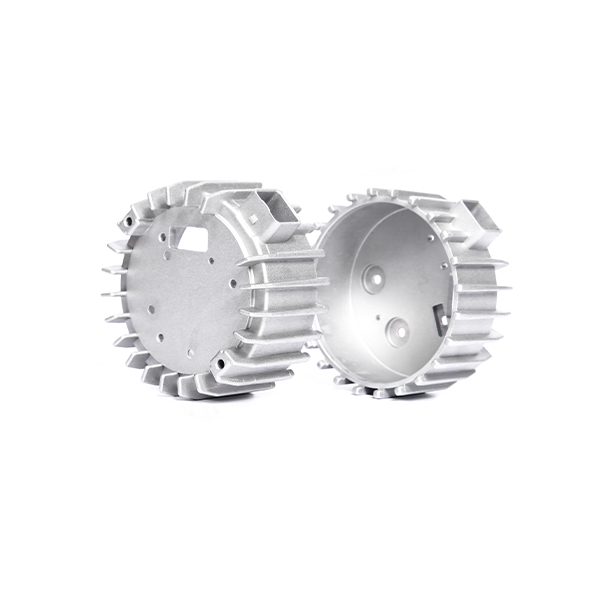Mobile:+86-311-808-126-83
Email:info@ydcastings.com
English
The Ultimate Guide to Sand Casting Supplies - Quality Materials & Equipment
Understanding Sand Casting Supplies An Overview
Sand casting is one of the oldest and most widely used metal casting processes, which involves creating a mold from sand to shape molten metal. This method is celebrated for its flexibility, cost-efficiency, and ability to produce complex shapes. At the heart of this process lies the importance of quality sand casting supplies.
The primary component of sand casting is sand itself, which is typically mixed with a bonding agent to create a mold that can withstand the forces of molten metal. The most common type of sand used is silica sand, known for its high melting point and durability. However, variations such as zircon sand or chromite sand may also be used for specific applications where superior properties are required.
In addition to sand, another crucial supply is the binding agent. Commonly used materials include clay, which enhances the mold's strength and cohesion, and chemical binders that can provide more rapid setting times. The right mixture of sand and binder is essential to ensure that the mold can hold its shape under pouring temperatures and pressures.
sand casting supplies

A key aspect of sand casting is the pattern used to create the mold cavity. Patterns can be made from various materials, including wood, metal, or plastic. The choice of material often depends on the production volume and the desired precision. Patterns must be designed to allow for the thermal expansion and contraction of the material during the casting process.
Other essential supplies for sand casting include release agents, which help prevent the mold and the casting from sticking together, and core supplies that are used when internal features or hollow sections are necessary in the finished part. Cores are typically made from sand and resin mixtures, and they are placed in the mold prior to pouring the molten metal.
Moreover, safety supplies should not be overlooked. Personal protective equipment (PPE), such as gloves, goggles, and heat-resistant clothing, is crucial to protect workers from hazards associated with handling hot materials and equipment.
In conclusion, the effectiveness of the sand casting process heavily relies on the quality and suitability of sand casting supplies. From the right type of sand and binding agents to patterns and safety gear, each element plays a vital role in achieving high-quality castings. As industries continue to evolve, the innovation and development of new materials and techniques in sand casting supplies will undoubtedly enhance the capabilities of this time-honored manufacturing method.
-
Materials Used in Manufacturing Cap End Pipe FittingsNewsNov.24,2025
-
Material Properties of CF8M CastingNewsNov.24,2025
-
How to Inspect Pump Cap Ends for DamageNewsNov.21,2025
-
Backward Curved Impeller – Efficient Airflow Solutions for Industry | YD CastingsNewsNov.21,2025
-
Automobile Water Pump - Efficient, Quiet, Durable & ElectricNewsNov.21,2025
-
Impeller for Pumps – High-Efficiency, Durable, OEM-ReadyNewsNov.21,2025











